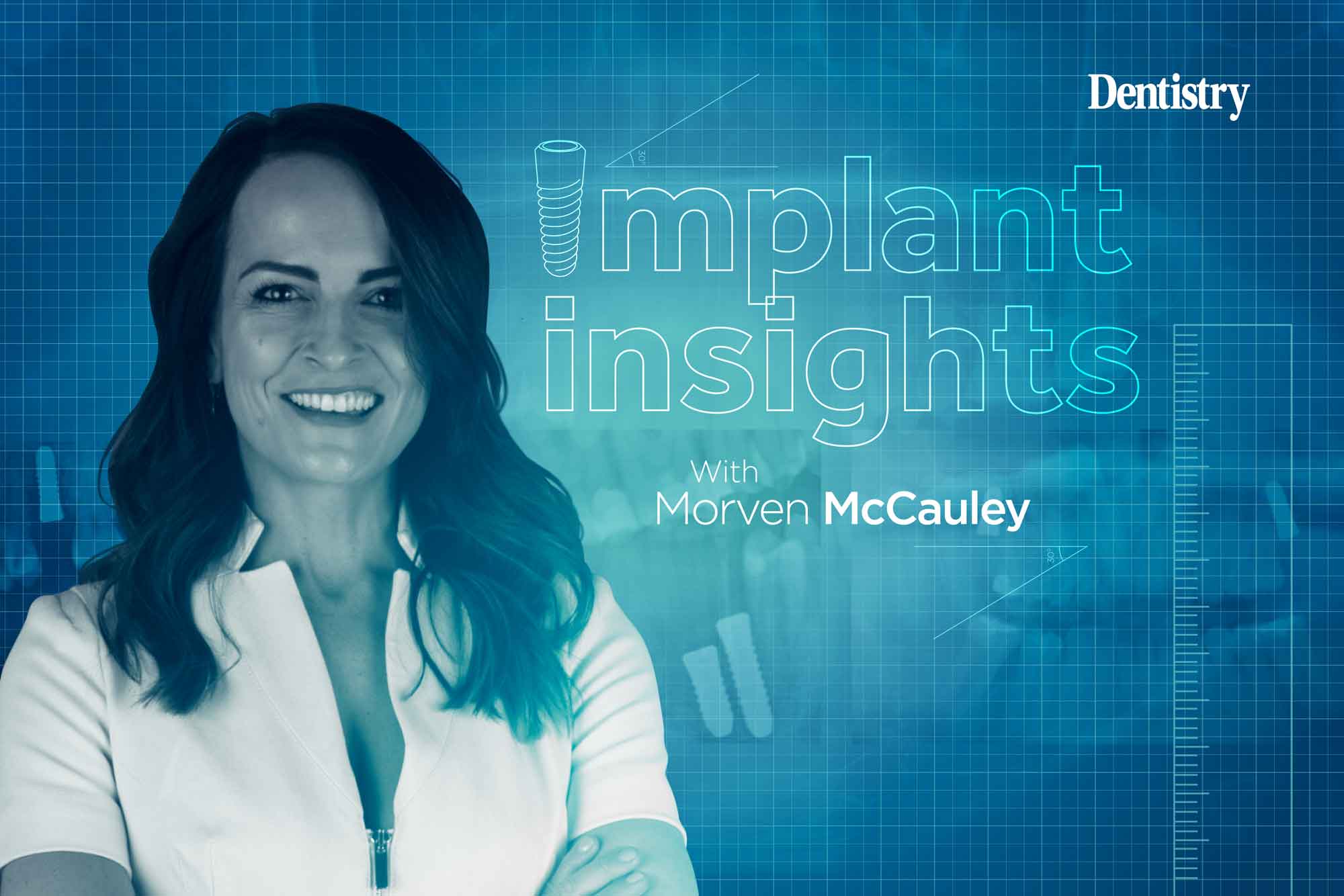 In her first article as the new Implant Insights columnist, Morven McCauley takes us on a tour around Biohorizons Camlog’s factory.
In her first article as the new Implant Insights columnist, Morven McCauley takes us on a tour around Biohorizons Camlog’s factory.
It was like stepping into the shoes of Greg Wallace on the BBC’s hit documentary series ‘Inside the Factory’ as we dawned our headphones and took a stroll around Camlog’s manufacturing facility.
Invited as part of a UK VIP group with Biohorizons Camlog and Smilefast Implants, we were wined, dined, toured and educated over a three-day trip to Germany. This was to celebrate the support and launch of the new Smilefast implant diploma.
Dentistry’s top stories
Touring the headquarters
Camlog Biohorizon’s main headquarters are in Basel, Switzerland. However, the production of all Camlog products is carried out exclusively by Altatec GmbH. It happens in a small, unassuming town in the hills of Wimshein. About 30 minutes from the manufacturing facilities of both Porsche and Mercedes.
As we toured the facility through the manufacturing plant, packaging and digital design centre, our guide frequently mentioned- ‘the German way’. ‘You know what us German’s are like’, they also said.
Precision, strict protocols and vast quality control measures were strikingly evident.
There were measures such as a microscopic and digital verification of each batch of implants. This was to ensure it meets the specifications and design measurements precisely.
If one implant is off by a micron, then the manufacturer disposes of that whole batch.
Further on down the manufacturing process, the quality control continues. Each and every single implant packet is visually checked by a technician in a full clean suit within the sterile clean rooms for an estimated one minute per implant packet.
Technicians record the packaging and dispose of any implant with imperfections.
On my next day in surgery, I paused a second longer to appreciate the product in my hand. And appreciate the journey it had been on. Along with providing the patient a deeper insight into these medical devices and their value.
Why do implants cost what they do?
The actual physical material cost of that titanium screw is usually <15% of the purchase price.
The validation for this cost therefore comes from the extensive processes and investments behind the scenes.
A six-metre-long milling machine creates each implant. It utilises three to four-metre lengths of titanium rod.
The single warehouse we visited housed around 30 of these mammoth computerised appliances. Hence visitors require headphones.
The level of extensive research, testing and development required to keep advancing and in a competitive market position is also astounding. Especially the investment required in order to do so.
As with any medical device company, the stringent controls, product certification and international specifications are a weighty, and costly, burden.
Question discounted products
Following this trip, the extent of research and development, scale of manufacturing, depth of certification and international legislation, provided me with a valid justification of their price.
It does however, shine a light and bring a level of concern regarding those implant brands selling implants at a reduction of often over 50% of the price of the major implant companies.
Where are they cutting corners? How do they sacrifice quality? Or are their margins and profits simply squeezed thin?
Follow Dentistry.co.uk on Instagram to keep up with all the latest dental news and trends.


